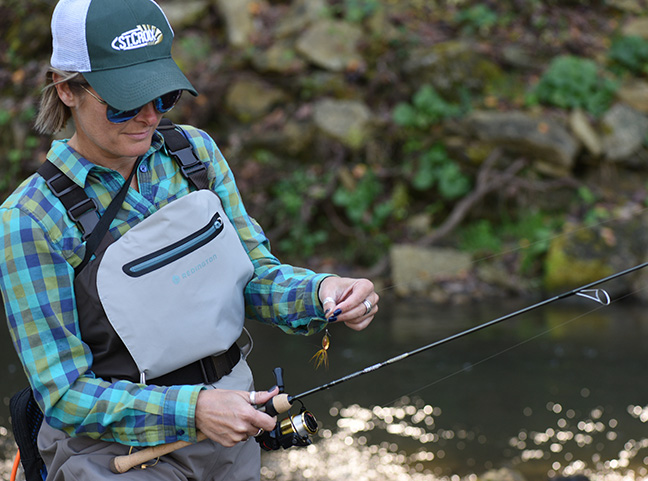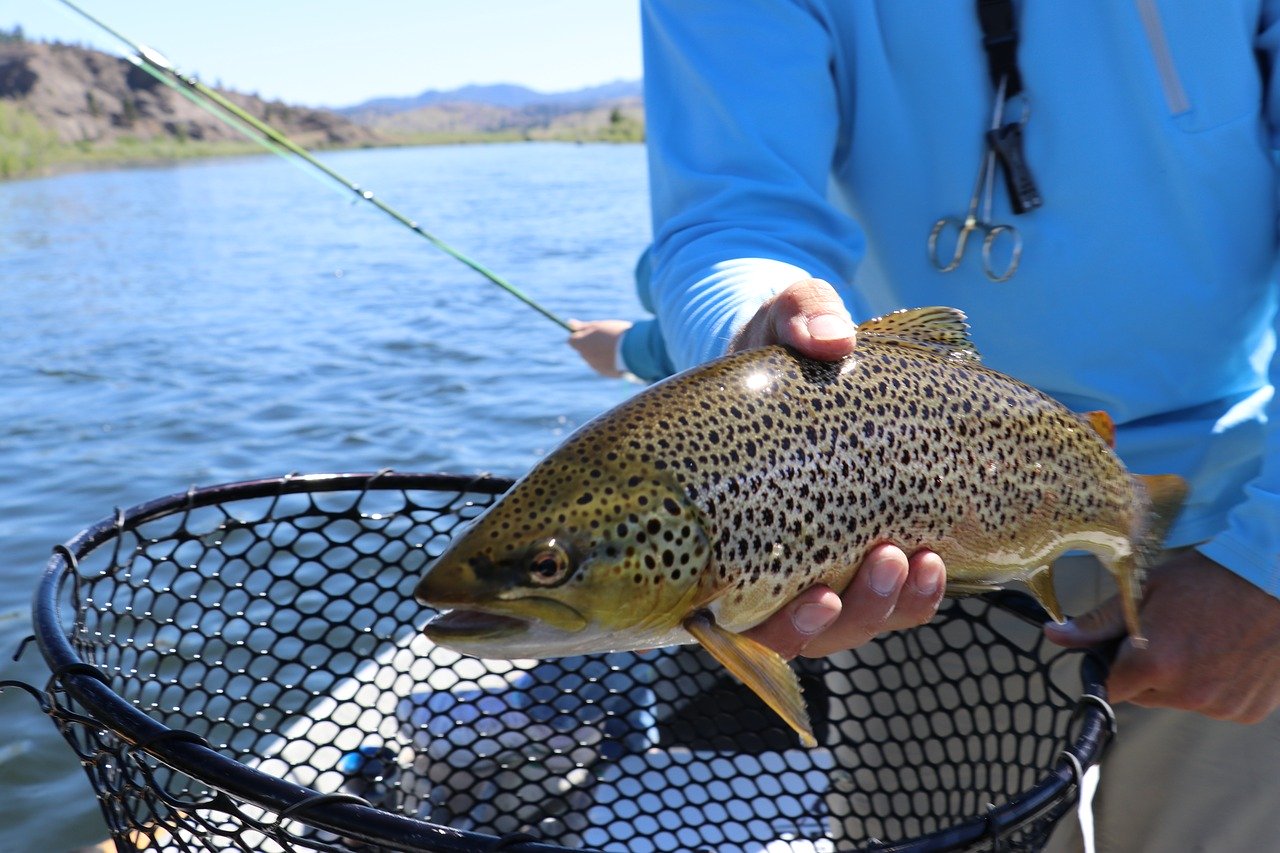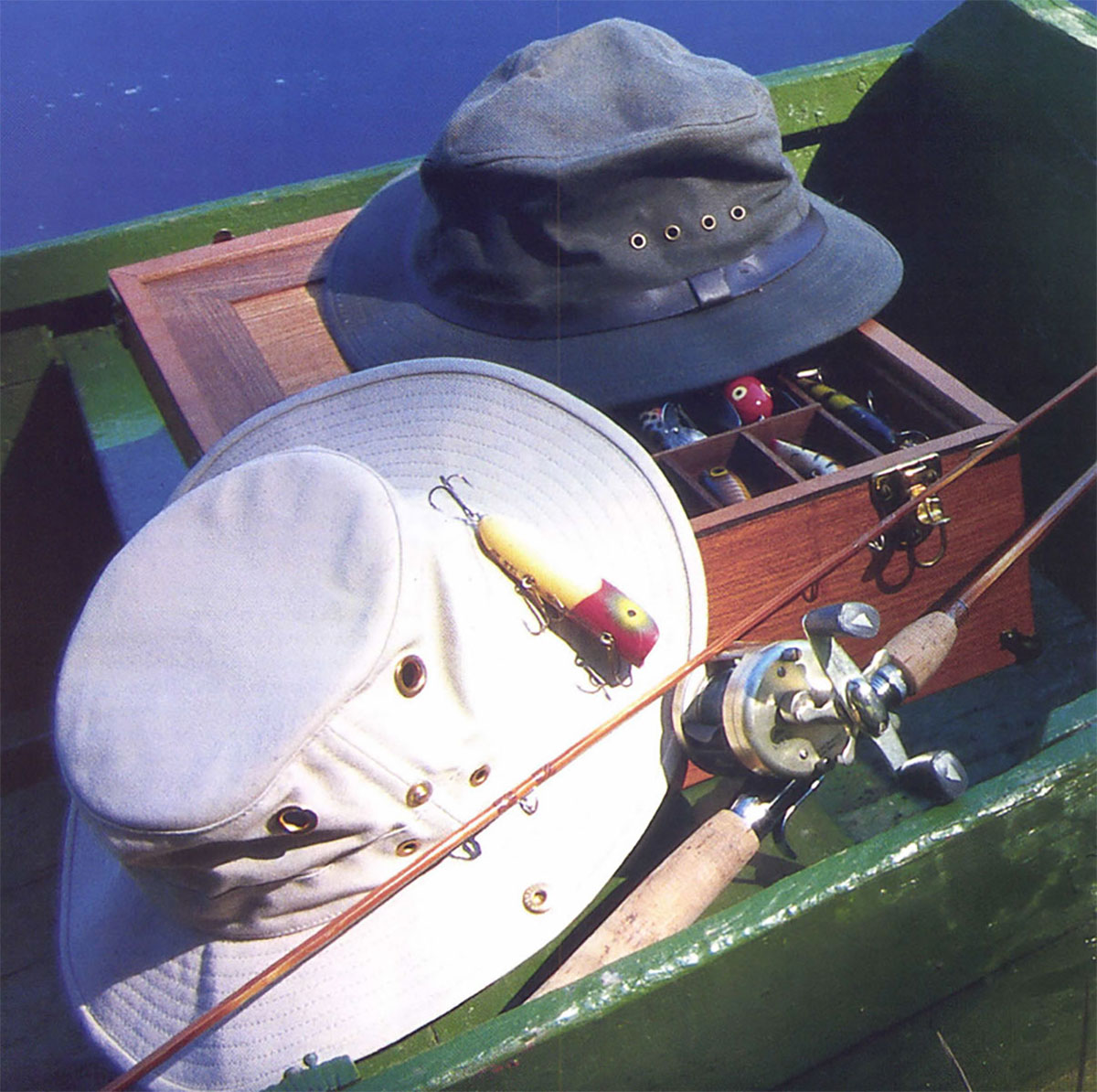Perfect for beginners
Grannis Creek, Fayette County – running through both public and private property open to fishing only, Grannis Creek empties into the Volga River a few miles downstream of the Volga River State Recreation Area. Plenty of 9 to 12 inch stream-raised brown trout await, but a few fish over 14 inches may challenge the unwary. Stocked weekly with catchable rainbow and brook trout April through October. Habitat improvements along the stream increase your chance to find a good hole or bank hide.
Mill Creek, Jackson County – Bellevue’s new stream stocking area located in Felderman Park has easy-access with a trail along the stream. Catch stocked, 10-12 inch rainbow trout. Use small bait like worms, spinners and flies.
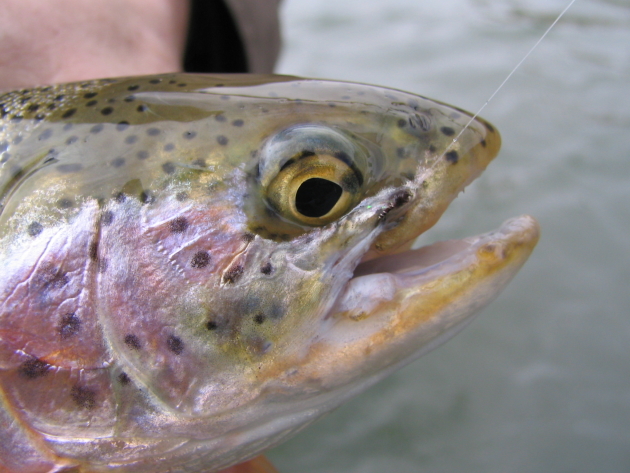
A closeup of a rainbow trout, a mainstay of freshwater fishing across the U.S.
Beautiful scenery
Bankston Creek, Dubuque County – well-known for fantastic natural beauty and rural landscapes. Catch stream-raised browns, as well as stocked rainbows near attractions and convenience provided by the City of Dubuque. Use nightcrawlers, plastics, spinners and jigs in large pools and runs for 8-13 inch trout with a few large (16 inch) brown trout.
Coon Creek, Winneshiek County – 2.6 miles of coldwater meanders through a remote valley nestled in Coon Creek Wildlife Management Area with one access point. Abundant wild brown trout with 12-14 inch fish common. Stocked rainbow and brook trout add variety to the catch. Use spinners, jigs, and flies imitating minnows and other small fish.
Fun weekend getaways
Baileys Ford, Delaware County – easy access with trails along much of the stream. Catch stocked 10-12 inch rainbow trout and a few wild brown trout of all sizes. Use small bait like worms, spinners and flies. Streamside camping is available seasonally in Bailey’s Ford park along with playgrounds. Located near the small town charm of Manchester with additional amenities and opportunities.
South Bear Creek, Winneshiek County – one of the most popular streams in trout country, South Bear maintains an excellent population of stream-raised brown trout and stocked rainbow and brook trout. Adventures to the local general store in Highlandville, camping and cabins, and lots of angling access along miles of stream will please families of all sizes and ages.
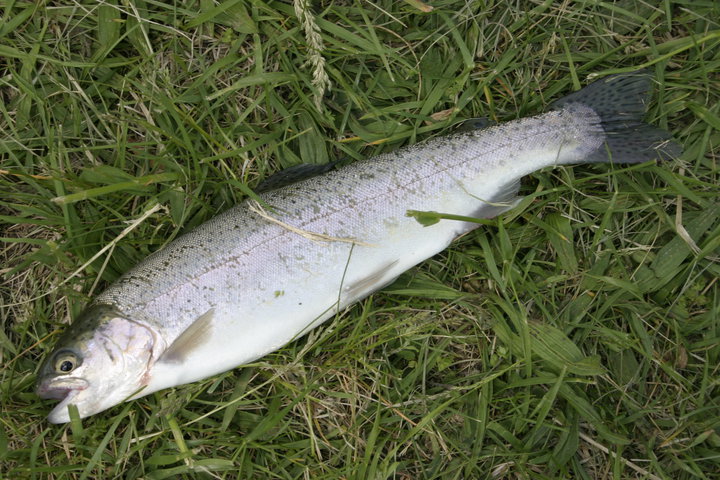
Up for a challenge
Casey Springs, Winneshiek County – 0.5 mile of gin clear water with deeper pools, long shallow riffles, and sharp meanders. Only area open to public fishing on Winneshiek County Conservation Board’s Sindelar Wildlife Access area. Narrow and surrounded by prairie, hopper and cricket imitating flies work well. Catch wild brown and brook trout. Use only artificial lures for all trout. Brook trout are catch and release; 5 fish daily limit for brown trout.
Spring Branch, Delaware County – full of wild brown trout and stocked rainbow trout; use jigs, nymphs, or dry flies. Catch lots of smaller (6 – 10 inch) brown trout with a few fish up to 20 inches. All trout smaller than 14 inches long must be released back to the stream; you cannot use bait.
Off the beaten path
South Fork Mill Creek, Jackson County — cross Mill Creek at Big Mill Wildlife Management Area and walk about 1/4 mile to the mouth of this stream with lots of 8-12 inch wild brown trout. This small stream has difficult access for fishing; expect to be off the grid and in the weeds. Small pools and abundant bank hides require precise casts with small jigs, spinners and flies.
South Pine Creek, Winneshiek County – find Iowa’s native brook trout in this stream. Be prepared to walk 1.5 miles from the parking lot, along a mowed path up and down hills, passing oak forests and upland prairies. Bottomland has a mix of open prairie and marsh. The water is gin clear and the stream is very narrow; be ready to sneak up on these trout. Bait cannot be used here; all brook trout must be immediately released alive. Use terrestrial patterns such as ants, hoppers, and crickets or small mayfly and midges.
 Renowned fishing writer Paul Quinnett and whimsical artist Deanna Camp team up to show you the fish you’ll forever want to catch, because you’ll almost certainly never catch one. Still, hope springs eternal in the breast of every angler, which is really the whole point. The 120-page features both full-color paintings and photographs. Shop Now
Renowned fishing writer Paul Quinnett and whimsical artist Deanna Camp team up to show you the fish you’ll forever want to catch, because you’ll almost certainly never catch one. Still, hope springs eternal in the breast of every angler, which is really the whole point. The 120-page features both full-color paintings and photographs. Shop Now
